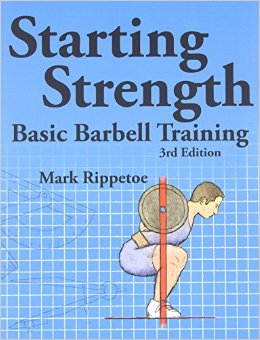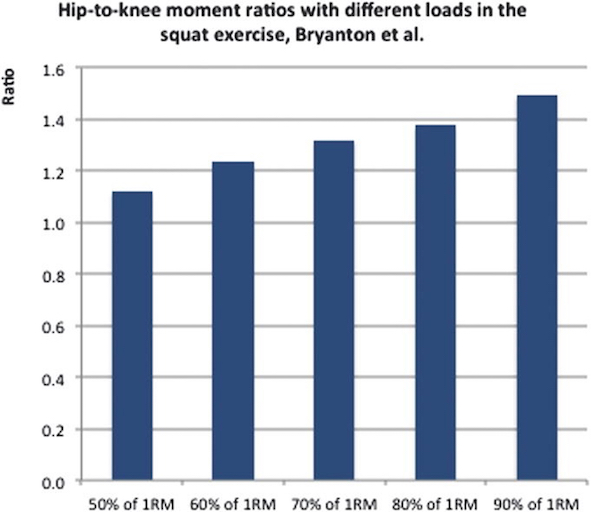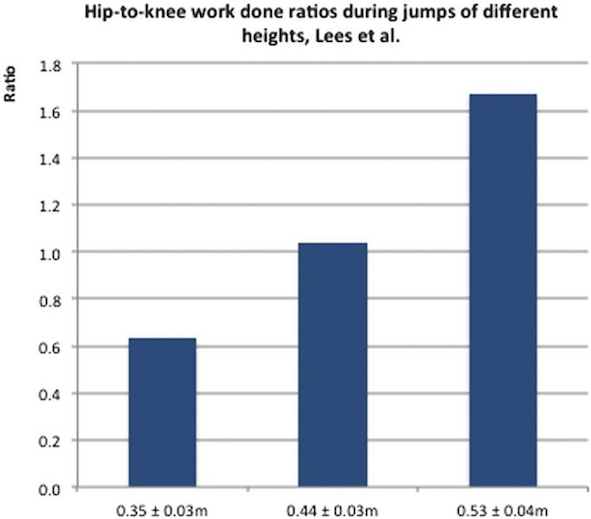There are many different ways to squat, and each variation has it’s own list of pros and cons. But if you’re looking for athletic performance enhancements, you can’t leave out the Barbell Back Squat…even if you do think you suck at.
“The squat movement pattern is arguably one of the most critical fundamental movements necessary to improve sport performance, to reduce injury risk, and to support lifelong physical activity.” -NSCAs Strength & Conditioning Journal, 2014
Unfortunately, this was the case for me; as I was brought up Front Squatting, and would either avoid Back Squatting or embarrassingly (and painfully) push my way through workouts (with light weights and bad form). Using the excuse that “I have long femurs” and “I’m designed to deadlift,” not knowing that one small tweak could have fixed my back squat and enhanced my performance significantly!
Enter The Low Bar Back Squat from Strength & Conditioning Coach and Author, Mark Rippetoe. Which after 10 years of dreading the Back Squat, made me fall in love with it in 347 pages and 30 minutes of experimenting with it in the weight-room shortly after.
The picture on the cover of the book pretty much explains the technique if you’ve been lifting for any significant amount of time. But if it’s not clear, the execution involves five things:
- Position the bar lower on your back (think under the traps, instead of on)
- Hinge the hips back slightly as if you’re going to do a semi-stiff leg deadlift
- Maintain a 45 degree angle with your torso on the descend, so the bar is coming right down in line with your feet (cue from Rippetoe is “nipples pointing at the floor”)
- Toes should be pointed out (approx. 30 degrees) and let your knees travel out at the same angle so you’re settling in your hips
- Rise up the same way you went down, and attempt to match your hip angle to your knee angle
In other words, you’re turning your back squat into more of a hip-hinge than a knee-bend. Which as we’ve discussed in the past, is not necessarily a bad thing when we’re looking for maximum strength and power – since we tend to look to the hips and low back as weights get heavy…
…and explosiveness grows in importance:
Likewise, if we’re looking at sport performance, this appears to be a far more athletic position than the traditional upright-torso, falling-backwards back squat. Even it is favoring the hips and somewhat neglecting the quads.
Plus, there are plenty of other ways to hit the quads. With research suggesting that the Front Squats have always been better for quad development, and some evidence (by many well-respected Strength Coaches) suggesting that the Bulgarian Lunge may be the best.
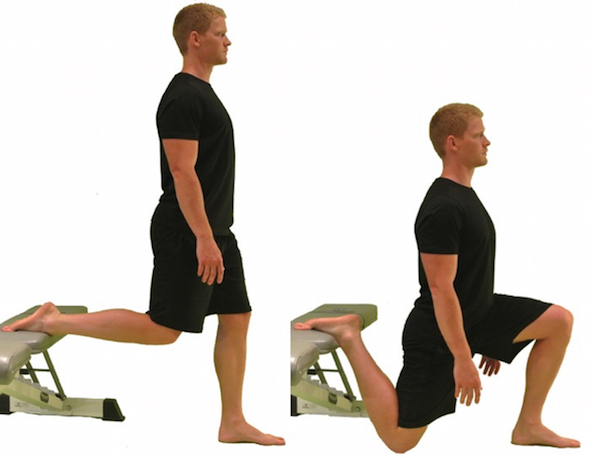
But either way, it comes down to using the Back Squat variation you do best. Since your comfort with the maneuver will determine:
- Whether you do it
- Whether you excel at it
And in order to get bigger, stronger, faster, and more powerful, you need to make incremental gains in the multiple exercise options for The 4 Movements That Matter (Push, Pull, Bend, Extend). Whether your Barbell Back Squat BEND looks a little more like a Barbell Back Squat EXTEND, or not.
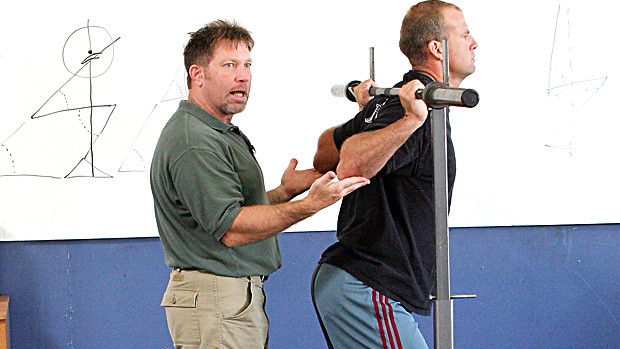
Rippetoe’s Low Bar was a game-changer for me, and if you’re a genetic giraffe trying to “Front Squat the Back Squat” it probably will for you too.
Stay Lean!
Coach Mike
RELATED ARTICLES:
